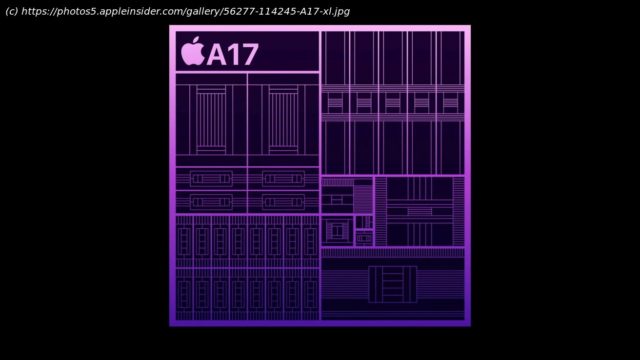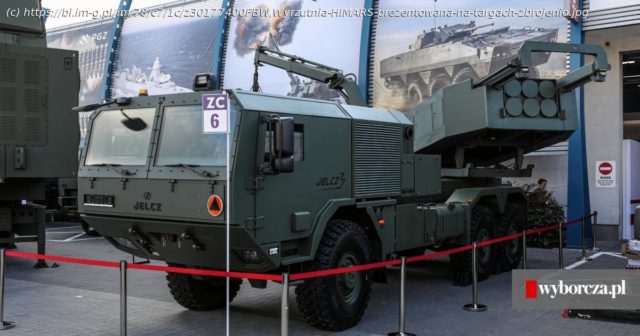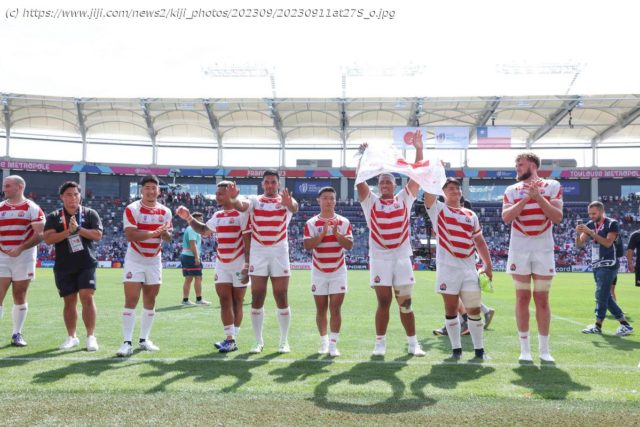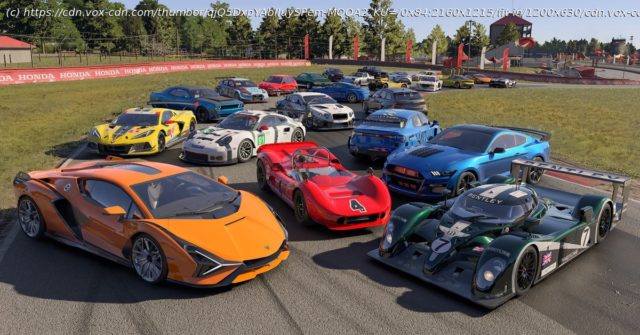Turn 10’s flagship Xbox and PC racing game returns after six years, with an Oct. 10 release date. We preview the Builders Cup’s introductory cars and tracks.
It’s been six years since the last Forza Motorsport game. The circuit-racing series has been on extended hiatus while the shop was more than ably minded by its knockabout cousin Forza Horizon, an open-world spinoff so exuberant and fun that it became the main event. In the meantime, Motorsport developer Turn 10 Studios has been rebuilding its technology for a new hardware generation and reconsidering the structure of its racing action, which spent much of the Xbox One era bogged down in a mess of loot boxes and overdeveloped live-service progression systems.
Even so, you should not expect a complete reinvention from the eighth game, which has been given the reboot-fresh, unnumbered title Forza Motorsport. This is still an iterative series — an iterative genre, really — by default. But, based on a hands-on demo of the opening hour or two of the game’s career mode, it does have a few surprises in store.
As has become racing game tradition, there’s a dramatic curtain-raiser to set the scene, show off the game’s visuals, and feature the “hero cars” of key marketing partners. After six years away, it’s lovely to return to the autumnal sweep of Maple Valley in a 2024 Chevrolet Corvette E-Ray — not racing, just vibing. Then, to underline the game’s serious motorsport credentials and demonstrate its dynamic time-of-day system, you’re dropped in the driving seat of a 2023 Cadillac endurance racer for the final laps of a 24-hour race at Hakone, an all-new, fictional Japanese circuit.
With these showcases cleared, the Builders Cup career mode opens up. The introductory series was available to play in the demo: three races in moderately powerful modern road cars. The game lets you choose between a Ford Mustang, Honda Civic Type R, and Subaru STI as your starting set of wheels. The series takes you to Grand Oak Raceway, another fictional Forza staple; Mugello, the famed Ferrari test track; and Kyalami, a real-world South African racetrack that was new to me.
This is all pretty standard, but here comes the first twist. The Turn 10 team has talked about wanting to infuse Forza Motorsport with the shape and drama of actual race weekends, and to that end, it has taken the bold step of making pre-race practice sessions a compulsory part of the experience. (I understand that qualifying will play a part in some events too, but at this early stage in the game, it’s not included.) You must complete three laps of the track to get your eye in before taking part in the race. There are other cars out on track, but you’re not competing against them, or even against the clock, really — although the game sets an optional “competitive” target time to aim for. You can stay out past your three laps if you wish, up to a time limit of 10 minutes.
I’ve always enjoyed practice laps myself, and I appreciate the chance to learn or relearn Forza’s selection. For some, however, the practice sessions might feel like wasted time. Countering this is Forza Motorsport’s new car-specific progression system, where every lap, every overtake, every track sector, and more earns you Car XP and Car Points. The former levels up your car, unlocking upgrades, and the latter is the currency you’ll need to spend on upgrades. (As far as I can tell, the credits you also earn are just for buying new cars.) Practice sessions also feature key sectors — essentially, corners that yield extra rewards if you manage to improve your time through them.
Forza Motorsport, then, is unafraid to be technical about the business of being a racing driver: Learning the tracks, concentrating on your cornering techniques, and improving your times are all activities that are foregrounded by the (rather busy) user interface and incentivized by the game design, even at an early stage. The focus on practice seems like an attempt to bring in the technical challenge of something like Gran Turismo’s license tests and spread it throughout the career mode. The Turn 10 developers are not going easy on you with their track selection, either. I was (pleasantly) surprised to encounter something like Kyalami, a tight, technical circuit with some challenging low-speed corners and tricky elevation changes, so early in the game.
The game’s focus on leveling individual cars is also an interesting choice. It remains to be seen how it will play out over the course of career mode (and how, if at all, it figures into multiplayer). In this introductory series, three races was enough to advance the cars near enough to the top of Forza’s B class. I like the idea of forming a bond with a vehicle that improves the more you drive it — and the way upgrades are slowly meted out is an effective protection against the buyer’s remorse you feel when rendering something undriveable — but maxing out cars this way does have the potential to be a big grind sink, if the final game ends up going there.
The choice that really stopped me in my tracks, however, was this: Forza Motorsport lets you choose your grid position before each race. (Presumably, qualifying will override this, when it is implemented.) The default is to start in the middle of the game’s busy 24-car grids, but you can choose to start on pole if you like, or all the way down the back. This is pitched as a “risk versus reward” choice, since the further back you start, the bigger your credit bonus for securing a podium finish.
This seems to me symptomatic of the Turn 10 team’s obsession with allowing players to customize every single aspect of their experience (as with previous entries, Forza Motorsport comes with a wide range of difficulty settings, driving assists, and accessibility tools). I can’t yet decide if this design ethos takes things too far. In a way, it’s cool that the game now effectively allows you to write the script for your own race. By adjusting both grid position and the level of the racing AI, you can choose between an easy romp through the field all the way from the back to win, or fighting tooth and nail to advance from fifth to a hard-won third. Both of these experiences can be fun and rewarding. But this setup doesn’t seem to leave much room for Turn 10 developers’ authorship in the event design, or for challenges that can test the player while feeling fair.
Forza Motorsport is shaping up to be a confident return for the series, with familiar strengths and weaknesses: beautiful visuals, theatrical sound, vehicle handling that is engaging if a little overstated, driver AI that is lively but can be crash-happy. Browsing the (sadly locked, for now) themed tours that lie beyond the intro series of the Builders Cup, I’m looking forward to racing track specials in the Enthusiast Tour, or retro tuners in the Legacy Tour; the last two Motorsport games excelled at curating interesting journeys through the car catalog, just as the Horizon games do, and hopefully the eighth will continue that tradition. Once again, the Turn 10 team is making some bold structural choices about how to tie all this together, which may or may not pay off — but at least this time, those choices are all about what happens on the track.
Forza Motorsport will be released Oct. 10 on Windows PC and Xbox Series X, as well as on Game Pass.












